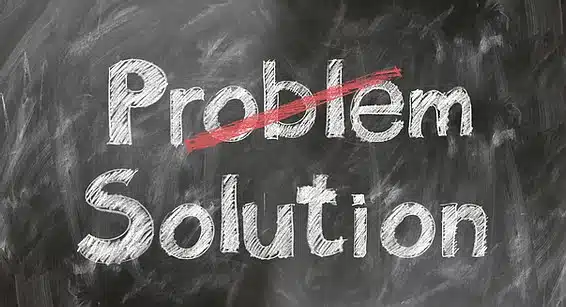What are R&D Tax Credits?
R&D Tax Credits are a government incentive to reward UK companies for investing in innovation. The tax credits can be worth up to 33p for every £1 of qualifying expenditure, therefore meaning they are a valuable source of cash for innovative business’ and can help fuel their growth. This is set to change in April 2023 where the deduction rate is set to be reduced from 130% to 86%.
Companies that spend money on developing new or vastly improving existing products, services or processes may be eligible for R&D tax relief and the scope is huge, meaning that R&D tax credits can be claimed in any sector as long as the key criteria is met. In addition, the R&D doesn’t have to be successful in order to qualify.
Upcoming Changes:
In the autumn statement, the chancellor announced a number of changes to R&D tax reliefs, including the benefits available to SMEs. These changes coincide with the increased 25% rate of corporation tax coming in to play from 01/04/2023. Currently, SMEs obtains additional tax relief equal to 130% of R&D expenditure. From 1st April 2023, this will decrease to 86%.
The Key Criteria is as follows:
- Technical Uncertainty – If the project presented issues that you were unsure you would be able to overcome, then chances are there was R&D involved to achieve the desired outcome.
- Innovation – If the project is finding a solution that is not readily available in the market, then it points to possible R&D.
- Cost – If a project incurs a significant amount of expenditure (+£50k) on skilled resource, then there’s a good chance there will be R&D involved.
- Qualifications – If your project requires the expertise from knowledgeable employees/subcontractors that hold formal qualifications then it is likely it will constitute R&D.
The typical R&D costs include:
- Staff Costs
- Subcontractor Costs
- Externally provided workers
- Consumables & some types of software
- Utilities
Examples of Qualifying R&D projects in some of the most common industries:
Construction:
- Overcoming site or conservational issues
- Preserving sensitive environments, historic sites and buildings
- Developing new ways to tackle access or space constraints
- Improving upon traditional methods or techniques including energy saving
- Improving safety
- Developing or using environmentally friendly products
Software Development:
- Development of new software to assist with operational automation and key tasks
- Developing new or improved data architectures that cannot be achieved with readily deducible solutions
- Extending software frameworks beyond their original design
- Development of an internal CRM system operating in a fundamentally unique way
Manufacturing:
- Developing processes that can extend the life of a product or result in less waste
- Achieving superior environmental or safety performance
- Development and testing of prototype products and the specialised tools required to produce them
- Testing new or alternative materials to improve against the baseline product
Do you want to know if your business qualifies?
Please get in touch with a member of #TeamSAS on 0333 202 6441 or info@sas-rd.com for more information. We can guide you through the whole process as we have done with many of our current clients.
With our highlights as follows:
- 35 Clients claimed for
- 76 Claims
- Total R&D tax credits £5,391,771
- Average claim £71k



